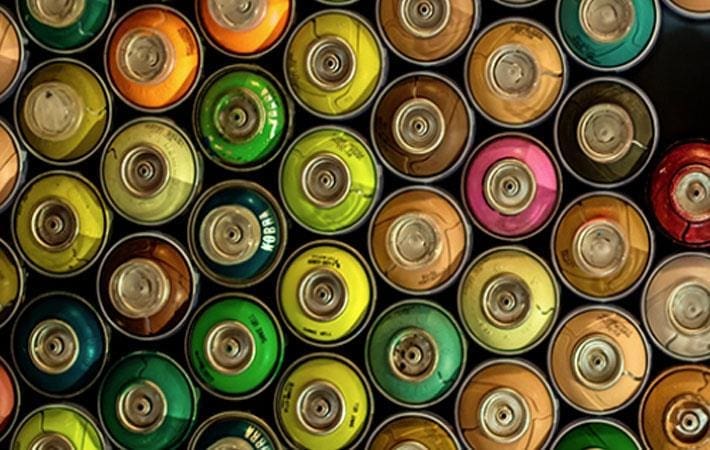The Strategic Approach to International Chemicals Management (SAICM) has come out with a policy brief that addresses chemicals of concern in textiles and other products, and discusses measures to reduce these chemicals of concern through legislation and information system tools to minimise their adverse effects on human health and environment.
The policy brief titled, ‘Understanding Chemicals in Products,’ is a contribution from the Global Environment Facility (GEF)-funded project on ‘Global Best Practices on Emerging Chemical Policy Issues of Concern’ under SAICM.
The policy brief notes that transparency of information about chemicals in global supply chains has been an emerging policy issue since 2009, leading to, for example, the UN Environment Programme’s (UNEP) Chemicals in Products (CiP) programme, which focuses on the textiles, toys, electronics and building materials sectors. In 2015, SAICM welcomed CiP and proposed cooperative actions to address information gaps, focusing on the four sectors as documentation of hazardous chemicals often does not exist or is not available outside supply chains. According to SAICM, information exchange helps identify and address chemicals of concern in products, particularly for manufacturers, retailers and consumers.
Potential sources of hazardous chemicals in textiles production include stain resistance coatings and pesticides from cotton production. Some of the chemicals may persist in the environment, build up in the body, and affect immune and reproductive systems.
The policy brief also discusses measures to reduce chemicals of concern through legislation and information system tools such as regulations, standards and certification mechanisms, and ensuring brands control suppliers to enable compliance. It talks about holistic tools that consider the entire value chain such as life cycle assessment tools and eco-innovation, production tools that seek to minimise exposure and focus on cleaner and responsible production and chemical leasing, and consumption tools that focus on consumer behaviour, including sustainable public procurement and ecolabels.
The GEF-funded project aims to accelerate the adoption of national and value chain initiatives by promoting regulatory and voluntary government and industry action to phase out lead in paint; lifecycle management of chemicals present in products; and knowledge management and stakeholder engagement.
Being implemented in over 40 countries, the project also seeks to contribute to the 2030 Agenda for Sustainable Development.
The brief states that chemicals of concern in toys often enter the lifecycle during plastic production, painting and coating, or through recycled materials. Chemicals of concern in electronics include flame retardants in insulation and mercury in switches, while potential sources of hazardous chemicals in building materials include use of recycled materials and performance-enhancing substances.
Reference: https://www.fibre2fashion.com/news/textile-chemical-dye-news/saicm-comes-out-with-document-on-chemicals-of-concern-254385-newsdetails.htm

